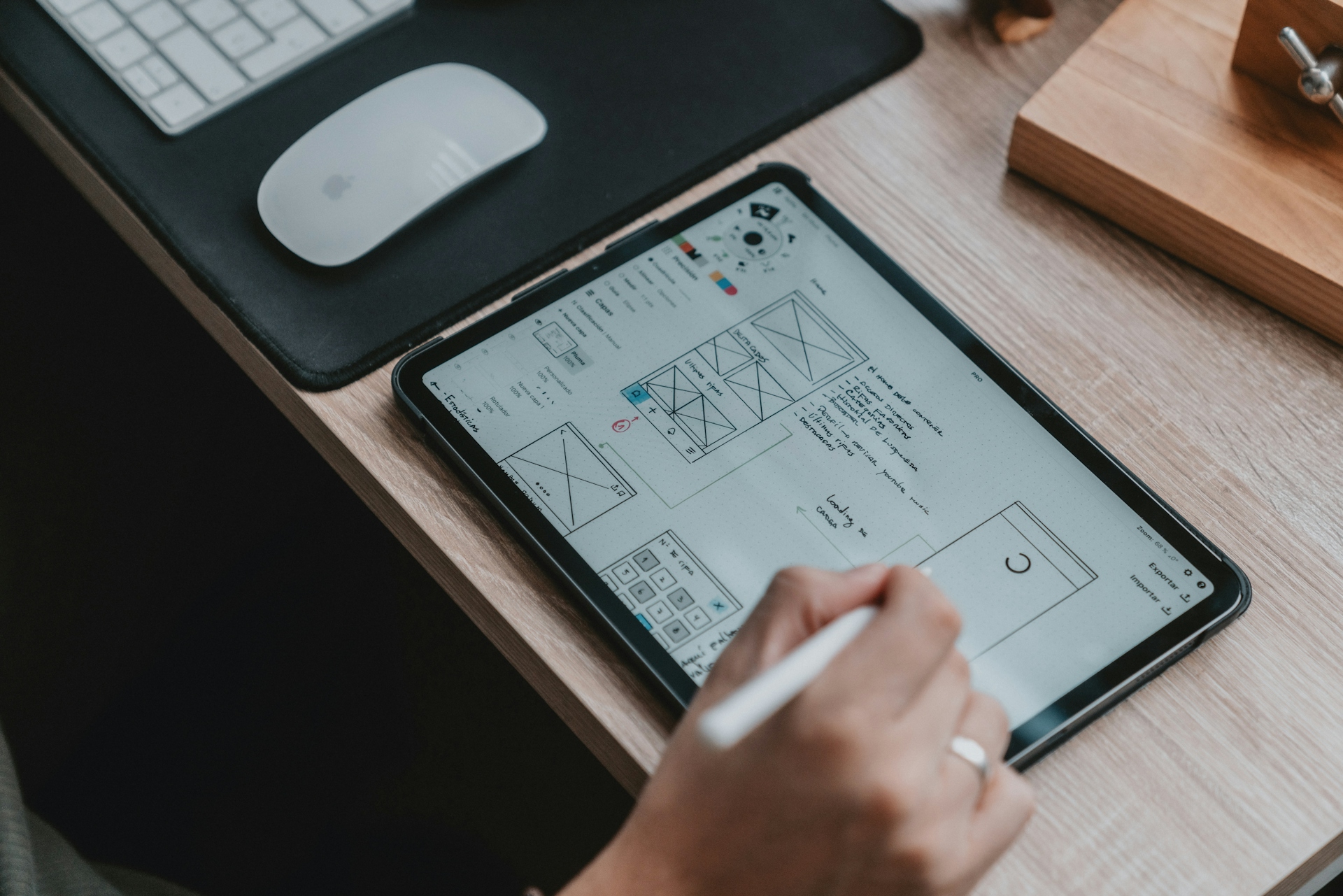What is Holistic Design? An Approach to Creating Memorable User Experience
Some companies have user-friendly products, some have great websites, and some have stores customers love to be in. But the most successful companies do it a little differently. They work to create a unified, satisfying user experience for the entire product life cycle — from the moment a customer discovers the products to whenever they use them and all the way through to the time they put the product down.
We’re talking about going beyond the design of any single element of a company's brand or style to incorporate everything a company does, everything it knows about its customers, and every factor that affects the user experience. This is holistic design.
What is Holistic Design?
To put it simply, holistic design is an approach to design that takes a bird’s eye view of the entire user experience and attempts to make it as smooth and enjoyable as possible. In doing so, not only will people buy and use the products, but they’re more likely to be repeat customers.
In many cases, holistic design goes beyond the user’s direct interactions with the product. Designers should consider the contexts under which a product might be used and the triggers that may cause a customer to reach for a product. With holistic design, you need to understand the broader ecosystem the product exists in. You aren’t just developing products that deliver results; you’re creating an experience that needs to work cohesively with several factors.
Adjusting User Experience for Context
A holistic web design will take into account not only what kind of products the user is looking for, but where they’re coming from and the contextual factors that affect the way they interact with your company. Are customers accessing your website from an online shopping portal or a Google search? Maybe they’re shopping in a physical store. Should your website be a touchpoint to steer customers toward interacting with a member of your sales team, or is your customer hoping to do everything online? How many steps are in the buying process? What should those steps look like?
Even though almost everything happens online these days, brick-and-mortar stores are far from a thing of the past. A holistic design approach to in-person shopping takes into account the reasons someone is in-store rather than online. The goal is to create a tailored experience that accounts for the drivers that moved a customer toward the in-person shopping experience, instead of online.
Whether it’s in-person shopping, via your website, or through an app, holistic design requires the designer to understand the factors that cause customers to choose different shopping options. When you account for the factors moving customers in different directions, you can create experiences that work better for varying customer groups depending on context.
Connecting All Elements of Your Business
Consider a company like Apple. The technology it develops is an obvious part of its success, but many would argue the larger ecosystem Apple has built is just as important. The company designs all of its products and services to work seamlessly together, and it goes to great lengths to ensure consistency across all touchpoints.
Holistic design goes beyond finding a need or want and delivering a solution. Designers need to look at products from the smallest interaction to how it fits in the big picture. It’s about creating products that achieve the desired results while also delivering satisfying experiences that mesh perfectly with the users’ lives. If a business can reach this level of holistic design across its product range, websites, apps, and in-person locations, the benefits are numerous: Customers are better served, products become more appreciated, and experiences generate lasting brand loyalty.
